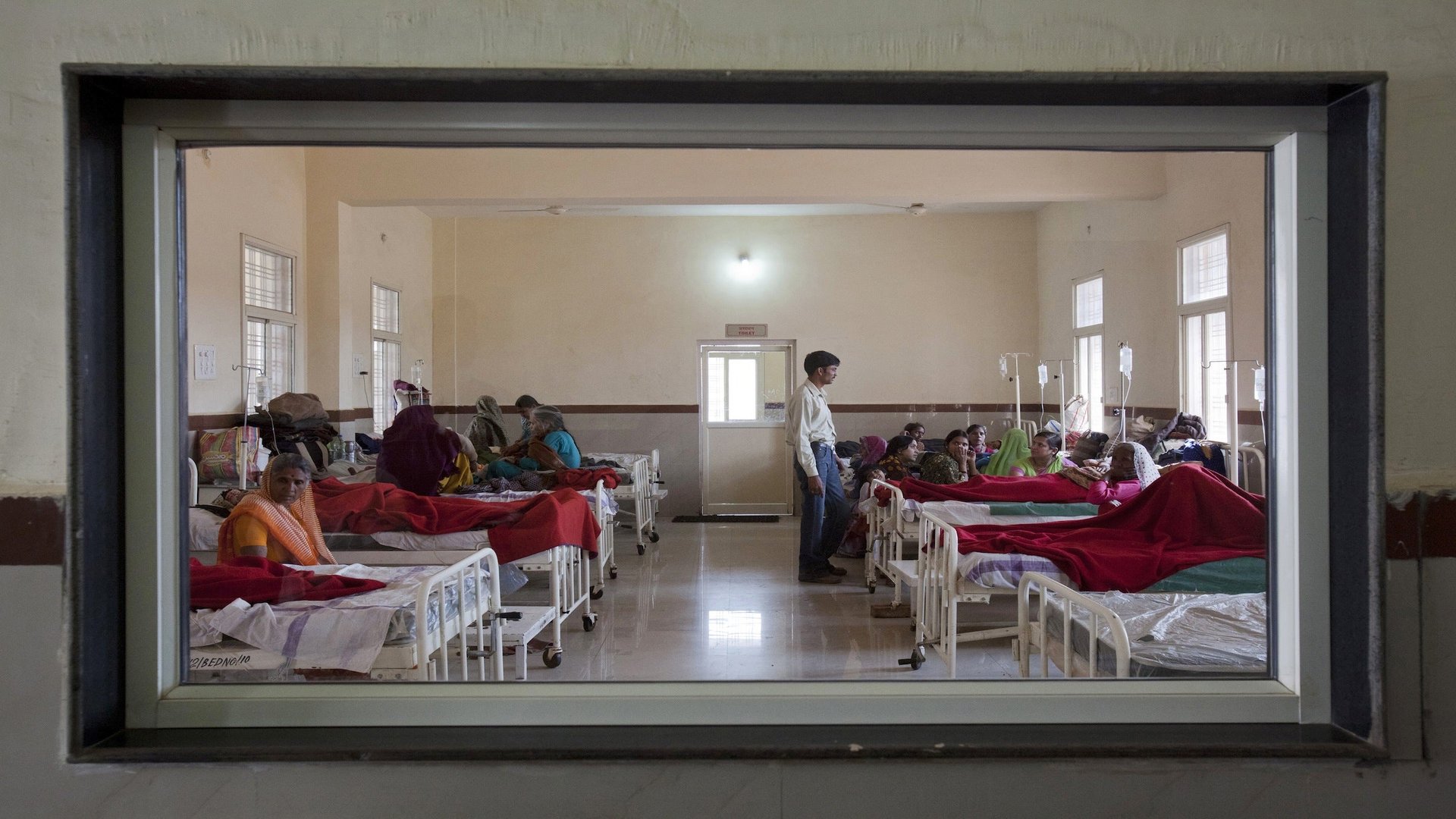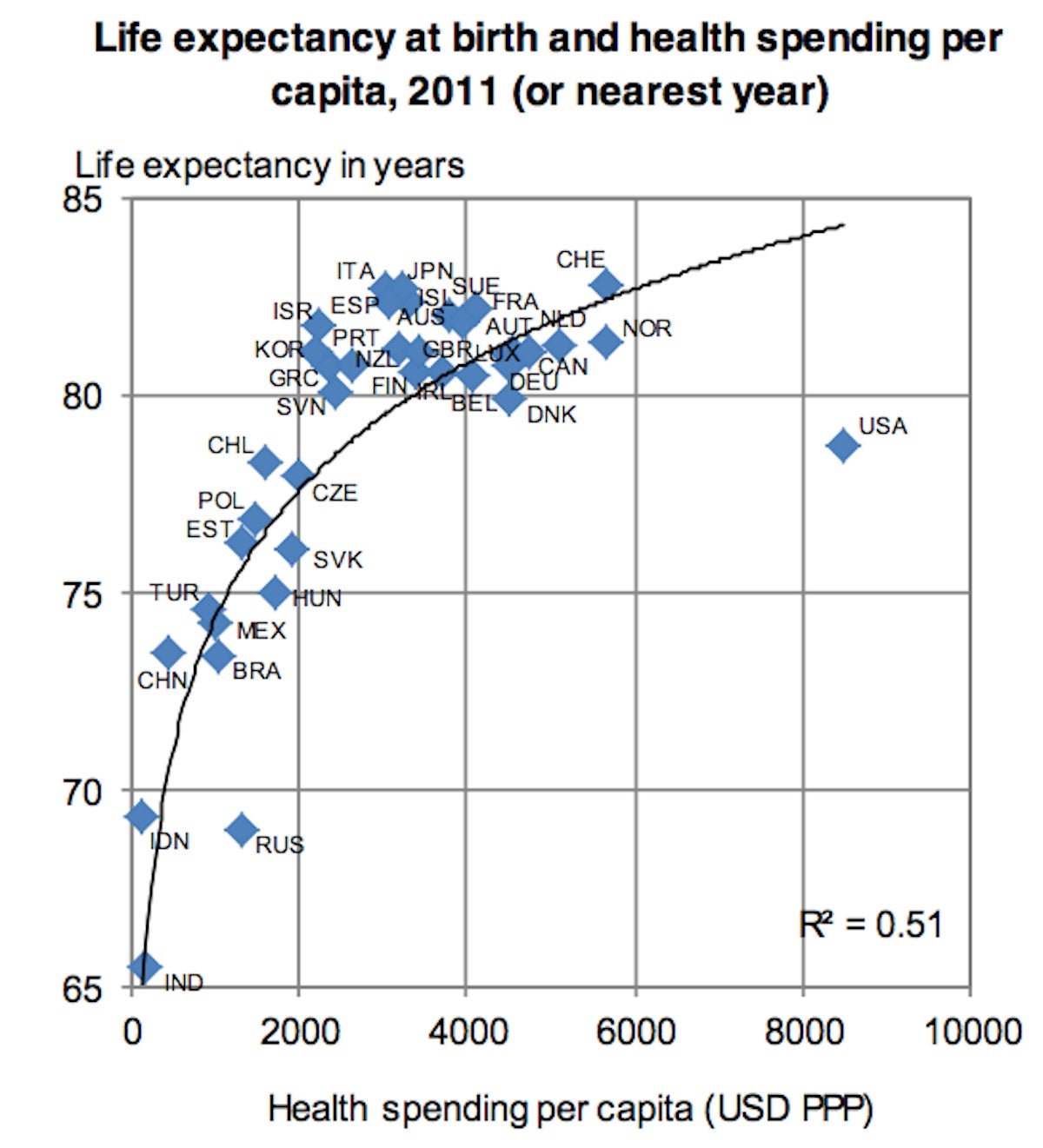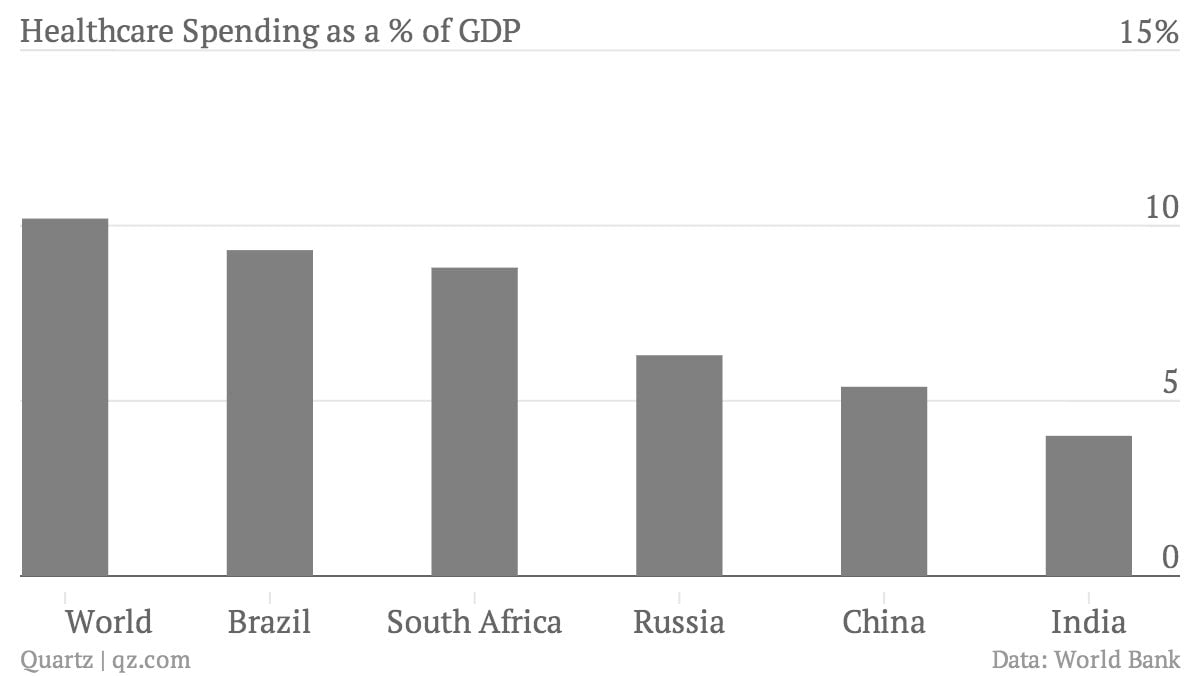India’s health minister should focus on just one thing—urgently improving public health
Union health minister Harsh Vardhan, currently on an official visit to the United States, has been busy battling controversies over his views on condoms and sex education.


Union health minister Harsh Vardhan, currently on an official visit to the United States, has been busy battling controversies over his views on condoms and sex education.
He sparked the first round of outrage on Monday with an interview to The New York Times, during which he said that anti-AIDS campaigns should focus on “promoting the integrity of the sexual relationship between husband and wife”, and not only on promoting condom usage.
The minister clarified that the media had distorted what he had said. He then went on to add: “Condoms promise safe sex, but the safest sex is through faithfulness to one’s partner. Prevention is always better than cure.”
On Friday, The Times of India picked up a statement from his personal website saying the “so-called sex education” in schools should be banned. And once again he has clarified that his opposition was to the previous government’s curricula for sex education and not to sex education per se. He said he was opposed to the “crudity and graphic representation of culturally objectionable symbols” in the previous regime’s curriculum.
These are doubtless important issues the minister should weigh in on. But lest he gets too distracted with the ongoing controversy, here is a reminder about where we stand on public health, and what the minister’s urgent priorities should be.
1. Improve life expectancy: India’s life expectancy at birth is 66 years, much lower than its BRICS counterparts (except South Africa), according to the World Bank. Brazil has a life expectancy of 74 years, China has 75 years, Russia has 70 years. As the chart below shows, it has a high correlation to government spending on healthcare. You can spot India on the bottom left corner.

2. Fighting malnutrition: India will lose its so-called demographic dividend because of malnutrition. “Malnutrition in children is not affected by food intake alone; it is also influenced by access to health services, quality of care for the child and pregnant mother as well as good hygiene practices,” UNICEF says. In India, 48% children under five years old are too short for their age and the problem is worse in rural India.
3. Reducing maternal and infant mortality: India and Nigeria together accounted for one-third of the maternal deaths globally in 2013. According to a WHO report, 50,000 women died during childbirth in India, highest in the world. Infant mortality in India is at 42 per 1000 live births, according to the government.


4. Awareness about vaccination programs: India has already achieved enormous success with its polio campaign and Vardhan was closely associated with it. Still, the country accounts for nearly half of all measles deaths. Cervical cancer is the leading cancer among Indian women. Tuberculosis kills 1,000 people in India per day. There is one common link between all the three diseases: they can be prevented with vaccination programs. But such programs in India largely suffer due to lack of awareness among people and their inability to access such vaccines.
5. Poor healthcare services in rural India: When 70% of the population is in rural areas, one cannot overlook the needs of the people in those parts. India’s healthcare infrastructure in rural areas is poor, to put it mildly. A study by IMS Institute of Healthcare Informatics in 2013 notes: “Physical reach of any healthcare facility (private or public) is a challenge in rural areas.” In some cases, people have to travel for more than 5 kilometres for treatment resulting in people delaying their medication, the study points out. These areas also suffer from a perpetual shortage of doctors.
6. Spend more money on healthcare: To achieve better healthcare facilities, the new government will have to loosen its purse strings. According to statistics available on World Bank’s website, India’s total healthcare spending accounts for only 4% of its GDP, lower than the global average of 10.2% and 0.6 percentage points lower than the average of lower middle income countries (India belongs to this category). In the interim budget announced earlier this year, the UPA government had in fact cut down healthcare spending.
